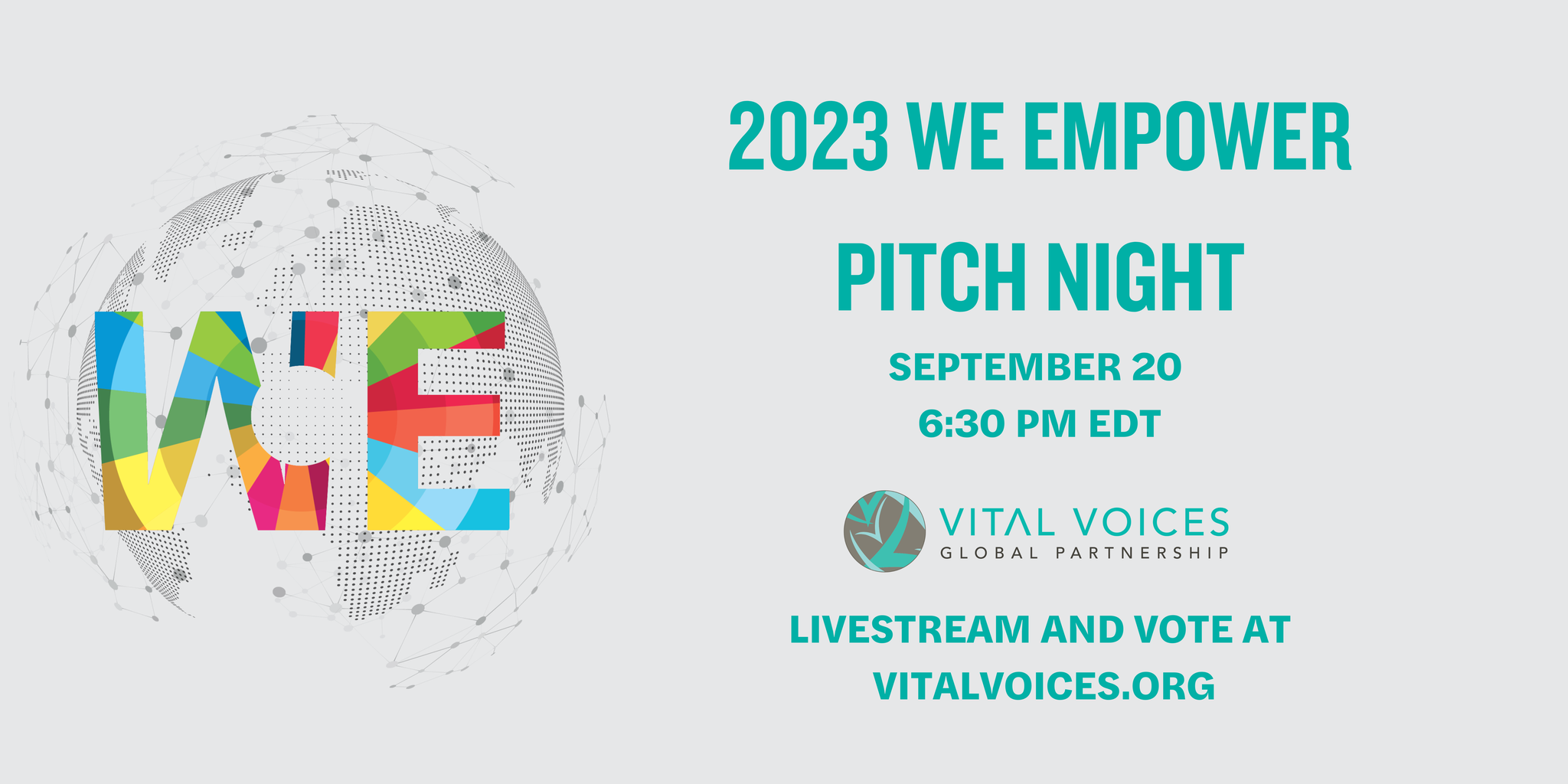WE Empower Pitch Night, hosted by Diane von Furstenberg, will be a dynamic evening event bringing together top business leaders, the media and other key influencers to participate in an innovative pitch competition with five impressive WE Empower Awardees from around the world. Each awardee will present her business to a panel of high-level experts for the opportunity to receive a $10,000 grant. The Pitch Night will run from 6 p.m. - 8 p.m. EDT and be livestreamed on the Vital Voices homepage: https://www.vitalvoices.org/
Artificial Intelligence in Clinical Practice, How AI Technologies Impact Medical Research and Clinics
2024, Pages 395-399
The 10th annual HPCC Systems Community Virtual Summit will kick off the week on October 2 with an exciting line up of speakers, sessions and engaging workshops. This is a free event and open to all academia, industry and technologists. The purpose of the Summit is to gather engineers, data scientists and technology professionals to share knowledge and future roadmap plans for the open source HPCC Systems platform.
Rupali Jandrotia, Ipsa Gupta, Priyanka Mahajan, Daizy Rani Batish, Harminder Pal Singh, 2 - Green nanomaterials: an eco-friendly route for sustainable nanotechnology, Editor(s): Pardeep Singh, Puja Khare, Disha Mishra, Muhammad Bilal, Mika Sillanpää, In Micro and Nano Technologies, Nanotechnology and Nanomaterials in the Agri-Food Industries, Elsevier, 2024, Pages 21-52, ISBN 9780323996822


